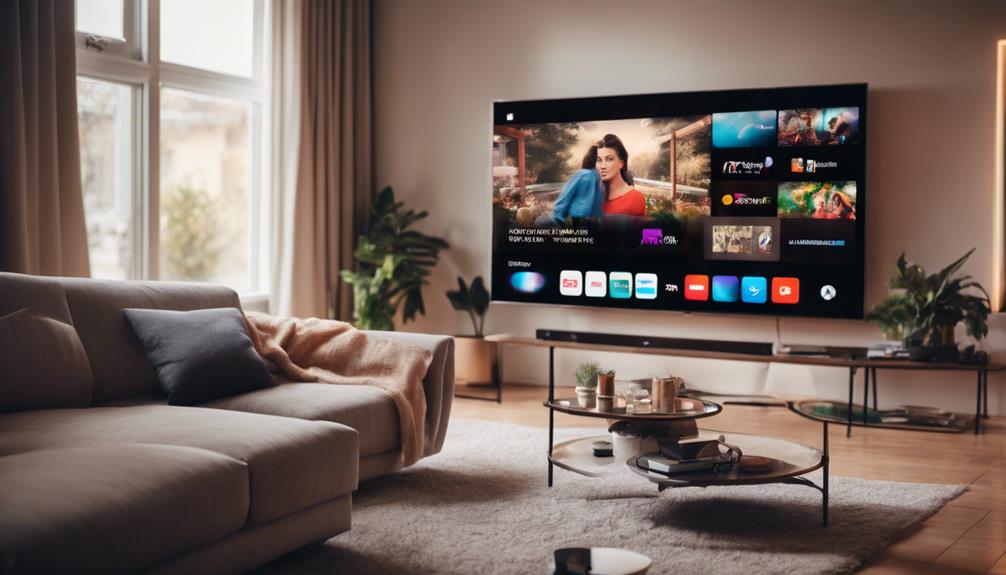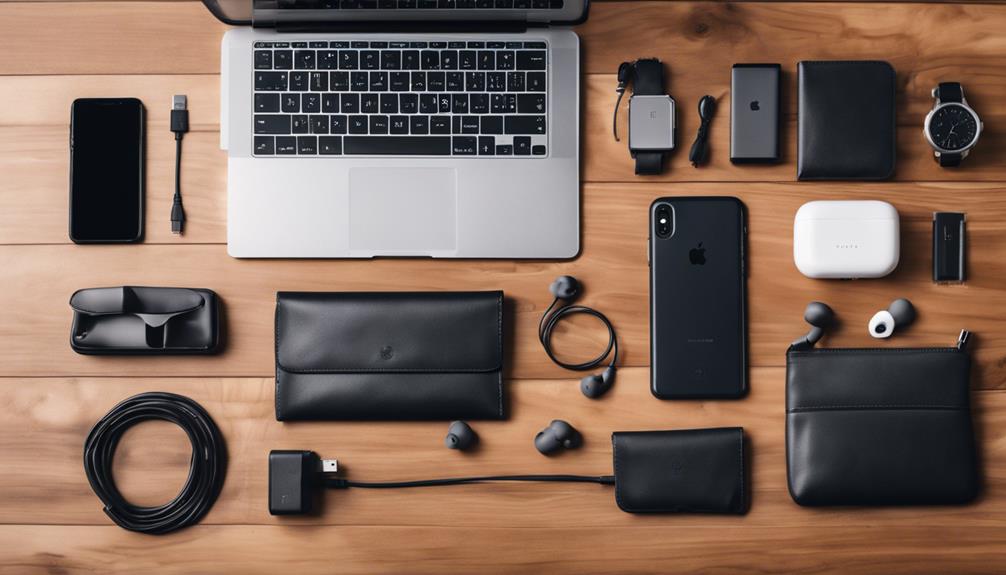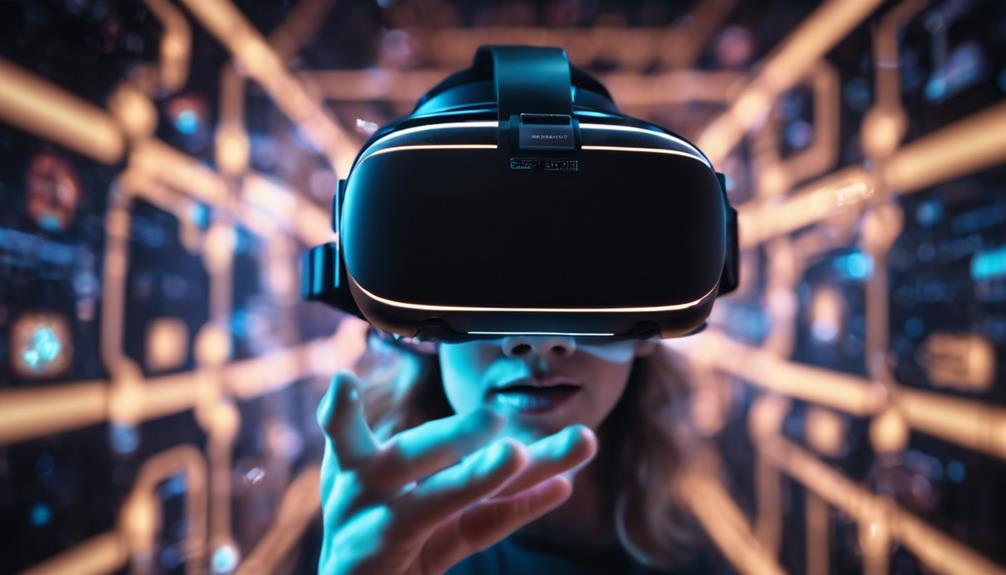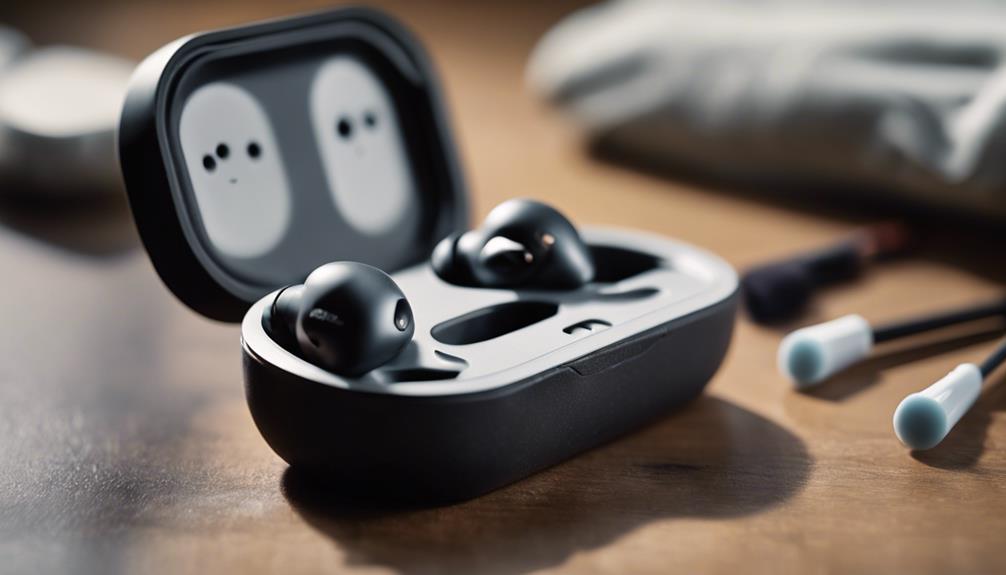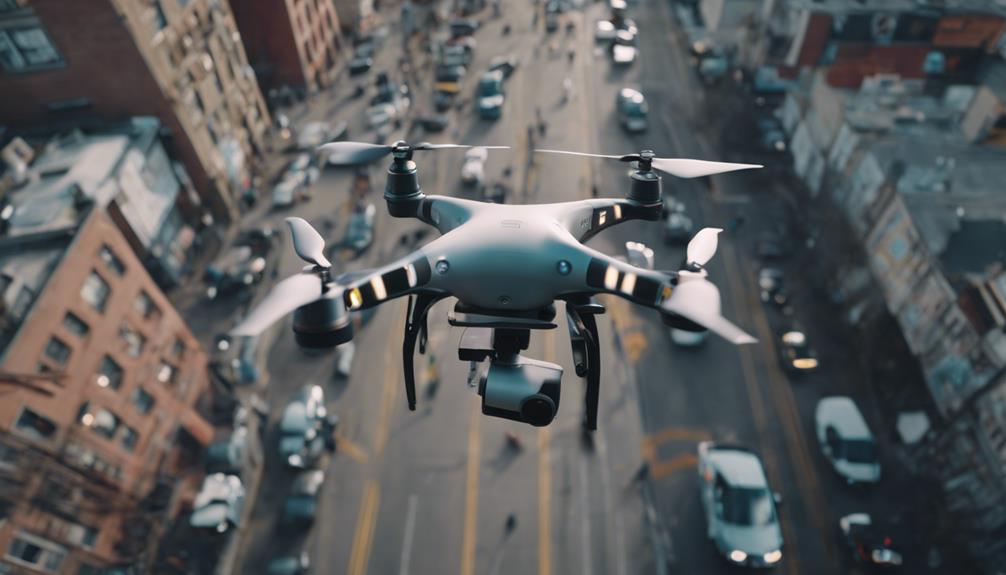
In recent years, the use of undercover cameras has gained increasing attention across various sectors, from security and law enforcement to consumer advocacy and wildlife observation. These discreet devices serve a multitude of purposes, enabling individuals and organizations to capture footage in environments where traditional cameras might be too conspicuous or intrusive. Whether used for monitoring employee conduct, ensuring safety in public spaces, or documenting animal behavior in their natural habitats, undercover cameras offer unique insights and raise important ethical considerations surrounding privacy and surveillance. This article will explore the mechanics, applications, and implications of undercover camera technology, providing a comprehensive overview of its role in contemporary society.
Understanding the Functionality of Undercover Cameras
Undercover cameras serve an essential role in security and surveillance, allowing users to discreetly monitor activities without drawing attention. These devices come in various shapes and sizes, making them suitable for different environments and purposes. From hidden cameras embedded in everyday objects to miniature models that can be easily concealed, their versatility enhances their effectiveness in capturing candid footage. Understanding how these cameras operate is vital for their effective deployment. Key functionalities include:
- Video Quality: Many undercover cameras now feature high-definition recording capabilities, allowing for clear images that can be crucial for identification purposes.
- Motion Detection: Advanced models utilize motion sensors to start recording only when movement is detected, conserving storage space and battery life.
- Remote Access: With Wi-Fi connectivity, users can often view live feeds from their phones or computers, providing real-time surveillance from anywhere.
The design and technology of undercover cameras continue to evolve, providing users with enhanced features for better monitoring. These tools are often equipped with night vision capabilities, enabling them to capture footage in low-light conditions. Furthermore, many undercover cameras now offer audio recording features alongside video, allowing for a fuller understanding of the context in which the footage was captured. A comparison of features in popular models can help potential buyers make informed decisions:
| Camera Model | Resolution | Night Vision | Audio Recording |
|---|---|---|---|
| Model A | 1080p | Yes | Yes |
| Model B | 720p | No | Yes |
| Model C | 4K | Yes | No |
Key Features to Consider When Selecting an Undercover Camera
When selecting an undercover camera, one of the most crucial factors to evaluate is image quality. Look for cameras that offer at least 1080p resolution to ensure clear and detailed footage. Additionally, consider low-light performance; features like night vision and infrared capability can be invaluable for capturing essential details in dim environments. Furthermore, field of view plays a significant role in surveillance effectiveness. A wider angle can monitor broader areas, reducing the number of cameras required for comprehensive coverage.
Another important aspect is the camera’s size and design. Choose a camera that blends seamlessly into its surroundings to maintain discretion. Options range from tiny pinhole cameras to more elaborate designs disguised as everyday objects. Additionally, evaluate the storage options; cameras with cloud storage can offer easier access to footage, while local storage typically requires physical retrieval. consider the battery life and whether the camera supports continuous power sources. Long-lasting battery life ensures uninterrupted surveillance, a vital factor in various undercover scenarios.
The Legal and Ethical Implications of Using Undercover Cameras
Using undercover cameras raises significant legal and ethical questions that vary by jurisdiction and context. Legally, individuals must navigate a complex landscape of privacy laws, consent regulations, and potential criminal implications. In many regions, recording someone without their consent could be deemed illegal, especially in private spaces where individuals have a reasonable expectation of privacy. This creates a need for thorough understanding of local and national laws regarding surveillance, as failure to comply can lead to serious repercussions, including civil lawsuits and criminal charges. Key points include:
- Consent Requirements: In some areas, all parties involved in a conversation must consent to being recorded.
- Public vs. Private Spaces: The legality of recording often hinges on whether the location is public or private.
- Potential for Misuse: There is a risk that footage could be manipulated or used for malicious purposes.
From an ethical standpoint, the implications of using undercover cameras delve deeper into questions of trust, respect, and the moral obligation towards privacy. Deploying surveillance technologies can foster an environment of suspicion and undermine community relationships. Moreover, the knowledge that one is being watched may alter behavior, leading to a form of self-censorship that can distort genuine interactions. Balancing the need for oversight with respect for individual privacy rights is crucial. Relevant ethical considerations include:
- Transparency: Are the subjects aware of the surveillance, and is there a legitimate need for secrecy?
- Purpose and Context: What is the intended outcome of the recording, and does it serve the greater good?
- Minimizing Harm: Are there ways to achieve goals without infringing on privacy?
Best Practices for Effective Deployment of Undercover Cameras
Deploying undercover cameras effectively requires careful consideration of both technical and ethical factors. Choosing the right location for camera installation is crucial; high-traffic areas that are prone to incidents are ideal, but ensure that the cameras are discreetly positioned to avoid attracting attention. Furthermore, considering the camera type is essential—whether opting for wired or wireless, high definition or standard resolution, each choice impacts the overall functionality and clarity of footage. The camera should have features such as night vision or motion detection, which significantly enhance the chances of capturing critical events while maintaining a low profile.
Equally important is to develop a strategy that respects privacy laws and regulations. Inform stakeholders about the deployment of undercover cameras to mitigate ethical dilemmas while ensuring compliance with legal mandates. This includes displaying appropriate notices in public areas, even if the cameras are covertly stationed. Additionally, it is vital to set up a proper data management system to secure footage, with access limited to authorized personnel only. Regularly reviewing footage and maintaining equipment can further optimize performance and ensure that the system is operating effectively.
Analyzing the Impact of Undercover Cameras on Privacy and Security
The proliferation of undercover cameras has sparked a complex debate surrounding the realms of privacy and security. On one side, proponents argue that these surveillance tools are essential for enhancing safety in public spaces, contributing to crime deterrence and enabling law enforcement agencies to gather critical evidence. The expansion of urban surveillance systems, including undercover cameras, presents several advantages:
- Reduction in crime rates
- Improved response times for security personnel
- Enhanced situational awareness for authorities
Conversely, the use of covert surveillance raises significant concerns regarding individual privacy rights. Many argue that the constant presence of such monitoring devices can lead to a chilling effect, dissuading people from engaging in normal behavior due to the fear of being watched. The implications of this shift can be illustrated through the following table, highlighting potential conflicts between community safety and personal freedoms:
| Aspect | Benefit | Concern |
|---|---|---|
| Public Safety | Increased crime prevention | Loss of anonymity |
| Law Enforcement | Access to real-time information | Potential for abuse of power |
| Civil Liberties | Support for community safety initiatives | Stigma associated with surveillance |
Future Trends in Undercover Camera Technology and Applications
The landscape of surveillance technology is rapidly evolving, driven by advancements in artificial intelligence, miniaturization, and connectivity. As undercover cameras become increasingly sophisticated, several key trends are emerging. With the integration of AI-powered analytics, these devices are not just passive recorders; they can now autonomously detect and analyze behaviors in real-time, enhancing their utility in security and law enforcement. Moreover, the rise of wireless communications and cloud storage means that live feeds can be monitored remotely, providing flexibility and convenience for users across various sectors. This capability is particularly valuable in environments where immediate action might be necessary.
Another significant trend is the development of disguised cameras, which blend seamlessly into everyday objects, making them nearly indistinguishable from their surroundings. These may include devices embedded in common items such as smoke detectors, picture frames, or even clothing. As the need for privacy raises concerns, manufacturers are also adopting dimensional micro-cameras, allowing for greater deployment in both public and private spaces. The following table outlines emerging applications and their potential implications:
| Application | Implications |
|---|---|
| Retail Surveillance | Reduction in theft and enhanced customer experience |
| Home Security | Increased peace of mind for homeowners |
| Law Enforcement | Improved evidence collection and surveillance |
| Private Investigations | Greater accuracy in information gathering |
Q&A
Q&A: Understanding Undercover Cameras
Q1: What is an undercover camera?
A1: An undercover camera, also known as a covert or hidden camera, is a surveillance device designed to record video and sometimes audio without the knowledge of those being recorded. These cameras are often disguised as everyday objects to blend in seamlessly with their environment.
Q2: How do undercover cameras work?
A2: Undercover cameras typically use digital technology to capture and store video footage. Many models include motion detection features, allowing them to start recording automatically when movement is detected. Some cameras can connect to Wi-Fi or mobile data to enable live streaming and remote viewing.
Q3: What are the common uses of undercover cameras?
A3: Undercover cameras are commonly used for various purposes, including home security, monitoring employee behavior in the workplace, child supervision, pet monitoring, and evidence collection in legal cases. They can also be employed in retail settings to deter theft and monitor customer behaviors.
Q4: Are there legal considerations regarding the use of undercover cameras?
A4: Yes, the use of undercover cameras is subject to legal regulations that vary by country and region. In many jurisdictions, it is illegal to record individuals in private settings without their consent. It is important to familiarize yourself with local laws regarding surveillance and privacy before using such devices.
Q5: What features should I look for when purchasing an undercover camera?
A5: Key features to consider when buying an undercover camera include video resolution, storage capacity, battery life, ease of installation, connectivity options (like Wi-Fi or Ethernet), night vision capabilities, and whether it includes motion detection or audio recording functionalities.
Q6: Can undercover cameras affect personal privacy?
A6: Yes, undercover cameras can significantly impact personal privacy. While they can serve legitimate purposes, such as enhancing security, their covert nature can lead to ethical concerns and potential violations of privacy rights. Users should carefully consider the implications of their use.
Q7: How can one ensure the ethical use of undercover cameras?
A7: To ensure ethical use of undercover cameras, individuals should respect privacy laws, inform affected parties if required, and use the technology transparently whenever possible. It is also advisable to limit the use of hidden cameras to situations where there is a clear justification for surveillance.
Q8: What are some alternatives to undercover cameras?
A8: Alternatives to undercover cameras include visible security cameras, which act as deterrents, as well as alarm systems that alert homeowners to intrusions. Additionally, employing adequate lighting and security personnel can enhance safety without the need for covert surveillance.
Q9: Are undercover cameras suitable for every environment?
A9: While undercover cameras can be effective in various environments, their suitability depends on the context. Factors such as the level of privacy expected, the legality of surveillance, and ethical considerations should guide the decision to use these devices.
Q10: How can users protect their own privacy from undercover cameras?
A10: Users can protect their privacy by being aware of their surroundings, utilizing privacy screens in personal spaces, and advocating for strict privacy laws. Additionally, individuals may employ technology that detects hidden cameras, ensuring they can identify if they are being covertly recorded.
Future Outlook
undercover cameras serve as powerful tools for a variety of applications, from enhancing security to providing evidence in investigative scenarios. Their ability to operate discreetly allows for unobtrusive surveillance, which can be vital in both public spaces and private areas where monitoring is necessary. While ethical considerations and potential legal implications must be carefully navigated, the technology continues to evolve, offering increasingly sophisticated options for users. As society grapples with the balance between privacy and security, the role of undercover cameras will likely remain a prominent topic of discussion. Ultimately, informed and responsible use of this technology can help facilitate safety and accountability in numerous contexts.
